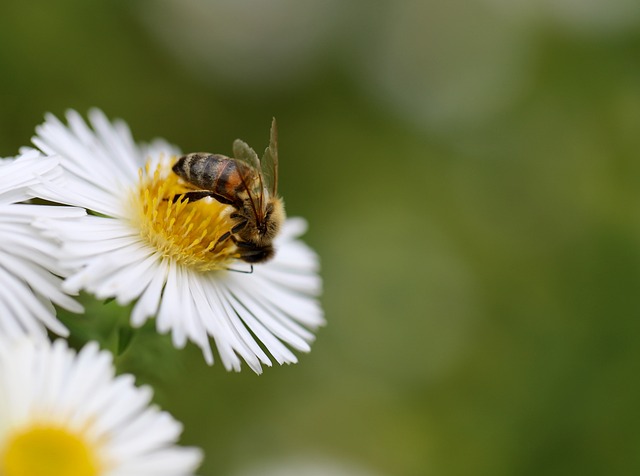By: Jessica Harmon
Updated: Oct. 23, 2023
Originally Published: Oct. 21, 2023
As Halloween approaches, there’s been quite a buzz online regarding the potential for kids to contract lice from their Halloween costumes. Like many parents, I felt a wave of anxiety coupled with an itchy scalp at the mere thought of those pesky critters invading my home. The theory is that Halloween brings an increase in lice cases due to children trying on costumes straight off the rack, with one kid after another donning the same attire. Additionally, many families rely on hand-me-down costumes, which could potentially carry lice.
Upon hearing this, I felt an overwhelming urge to scratch every inch of my body and nearly gagged at the thought of lice infiltrating our lives. Although lice are generally harmless, they are a major nuisance to eliminate, and they’re absolutely unsettling. I distinctly recall the sensation of lice crawling on my scalp during my own childhood experience, and I remember my mother dragging us to the laundromat for a weekend of de-licing our home.
So, naturally, I questioned the validity of this Halloween horror story. Why hadn’t I heard about this before in my 39 years? To get to the bottom of it, I decided to consult with Dr. Mark Johnson, an expert from the National Lice Treatment Center, to clarify whether parents should be concerned about their children’s pirate and witch costumes this Halloween.
The National Lice Treatment Center is renowned for its effective lice treatment services, claiming to have helped over 500,000 families. And here’s the reassuring news: You probably don’t need to worry too much about lice lurking in your kids’ Halloween costumes.
“Head lice do not survive on wigs, masks, or costumes,” Dr. Johnson explained. “They only live on human heads with hair. While it’s possible for lice to fall off a head—especially in heavy infestations—they primarily spread through direct head-to-head contact.”
Phew! Halloween is chaotic enough without stressing over lice. As it turns out, the most common way kids catch lice is through close contact with infested peers, like when they’re racing to grab candy.
That said, there’s still a small chance of lice hitching a ride on a costume. Dr. Johnson noted that if a costume is snug, it’s more likely for a louse to dislodge from a child’s scalp and cling to the fabric. However, if a louse were to land on a costume, it wouldn’t last long. “Without a human host, a louse can only survive for about 15 hours,” he said. “They need to feed on blood every few hours, and they’ll quickly weaken without it.” Therefore, if you’re certain that a costume hasn’t been worn recently, it shouldn’t pose any risk.
When it comes to store-bought costumes, especially those still in packaging, you can rest easy. For costumes that have been on display and tried on by various children, Dr. Johnson assures that the risk is minimal. “Even if it was handled by someone with lice, the chances of transmission are slim.”
For families who often share costumes, it’s good practice to wash or dry them on high heat for about 30 minutes to eliminate any potential lice. “That will effectively kill any lice present,” he confirmed.
If you want to be extra cautious, inspecting your kids’ costumes is a simple task. “Lice are tiny, roughly the size of a sesame seed,” Dr. Johnson shared. “A quick visual check should suffice.”
Still skeptical? A study from 2000 published in the International Journal of Dermatology found that lice rarely live on hats or headgear. The researchers detected over 5,500 lice on students’ heads, yet found none on more than 1,000 hats.
In summary, Dr. Johnson urges parents not to lose sleep over lice this Halloween. If your child does contract lice, it’s likely to happen as it does throughout the year—through head-to-head contact with other kids.
So, while I won’t be overly concerned about lice in my kids’ Halloween costumes, I may find myself cringing a little more when they’re on the playground, bumping heads with each other. It’s hard not to picture those little lice jumping from one head to another, isn’t it?
For more insights on family health, check out this article on pregnancy and home insemination. And if you’re interested in enhancing your family’s journey, visit our post on at-home insemination kits for additional resources.
Summary
This article reassures parents that the risk of contracting lice from Halloween costumes is minimal. The primary mode of transmission is direct head-to-head contact among children. Costumes, whether new or hand-me-down, pose little threat as lice do not survive long without a human host. Parents can take simple precautions, such as inspecting costumes and using heat to eliminate any potential lice.
